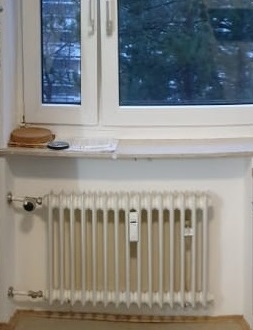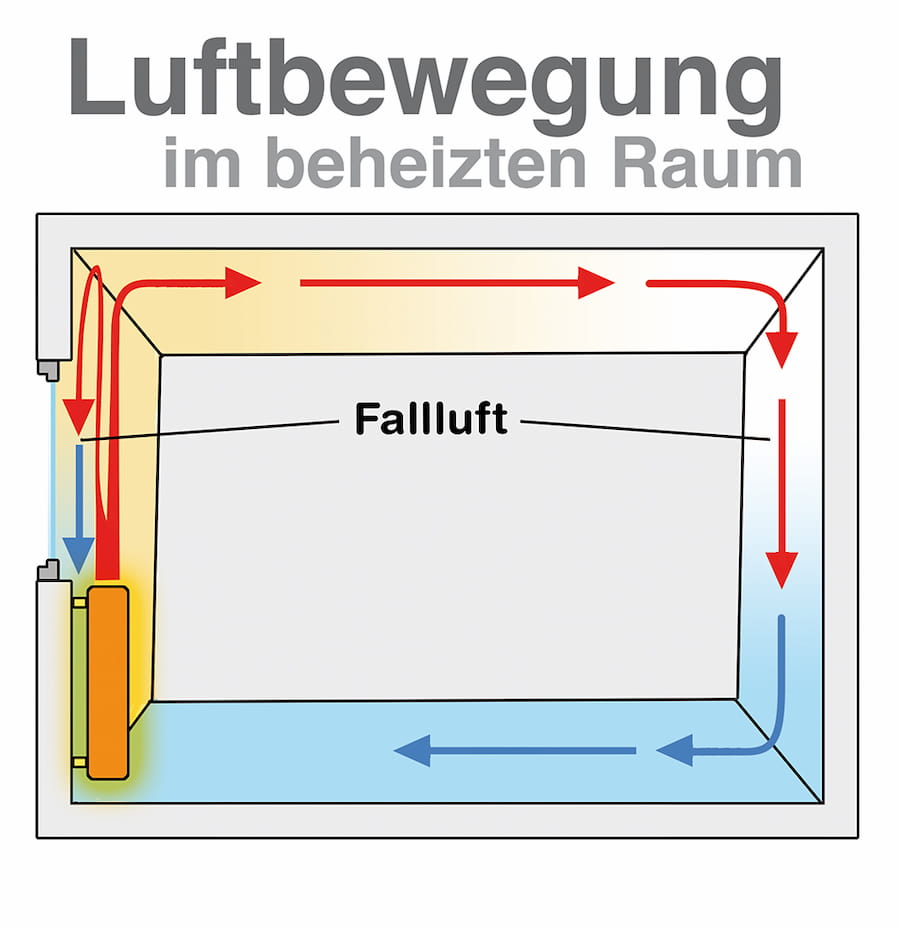I live in Germany and I always wondered why the radiators in most apartments are installed right beneath a window. The pictures below show an example (this is an older building, but you see similar installations in new buildings as well).
I would expect this to be the least reasonable place to install a radiator, due to the following points:
- If you open the Window, well.. all the heat immediately flows away by convection
- If you've heated up for some time, the walls will likely be storing some energy and perhaps the convection could be neglected for some time (if you keep the windows open for too long on a cold day, anyway no heating will help). But then the outer walls are probably the coldest in the building, which means that more energy is needed to heat them up in the first place -- also after closing the window.
- Most of the central pipe systems are in the building center (I suspect this is the also the reason why many buildings have "closed" bathrooms, i.e. without windows). For radiators beneath windows, most pipes will need to be extended, resulting in more complex systems which are more expensive and will probably require additional maintenance.
Presuming my assumptions are correct, what is the reasons for installing radiators beneath a window? One argument I could think of is aesthetics. A radiator is probably not considered the most beautiful thing on earth by most people, so keeping it under the window sill may be simply a trade-off.





